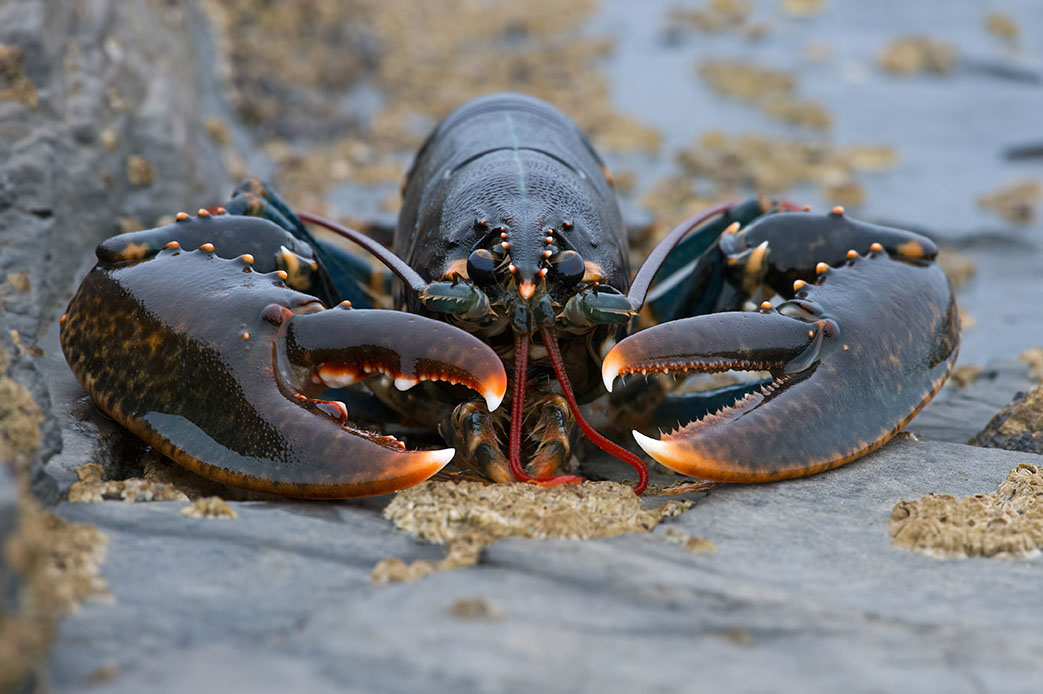

An exoskeleton is a hard, outer covering that protects the bodies of some animals. It is made up of many small plates that are joined together. The exoskeleton helps to protect the animal from predators and from injury. It also helps to keep the animal's body temperature stable.
Some animals with exoskeletons include insects, spiders, and crabs. The exoskeleton of an insect is made up of a material called chitin. The exoskeleton of a spider is made up of a material called silk. The exoskeleton of a crab is made up of a material called calcium carbonate.
When an insect grows, it sheds its exoskeleton. This is called moulting. The insect then grows a new, larger exoskeleton.
An exoskeleton is a hard external covering that supports and protects the body of an animal.

Noun: exoskeleton, external skeleton.
Adjective: exoskeletonic, exoskeletal.
Verb: to exoskeltonize.
Synonyms: hard shell, external covering, crust.
Antonyms: endoskeleton, internal skeleton.
The word "exoskeleton" comes from the Greek words exo (outside) and skeletos (dried up, skeleton). It was first used in English in the 19th century, and it is still used today to refer to the hard external covering that supports and protects the body of an animal.
What is the difference between an exoskeleton and an endoskeleton?